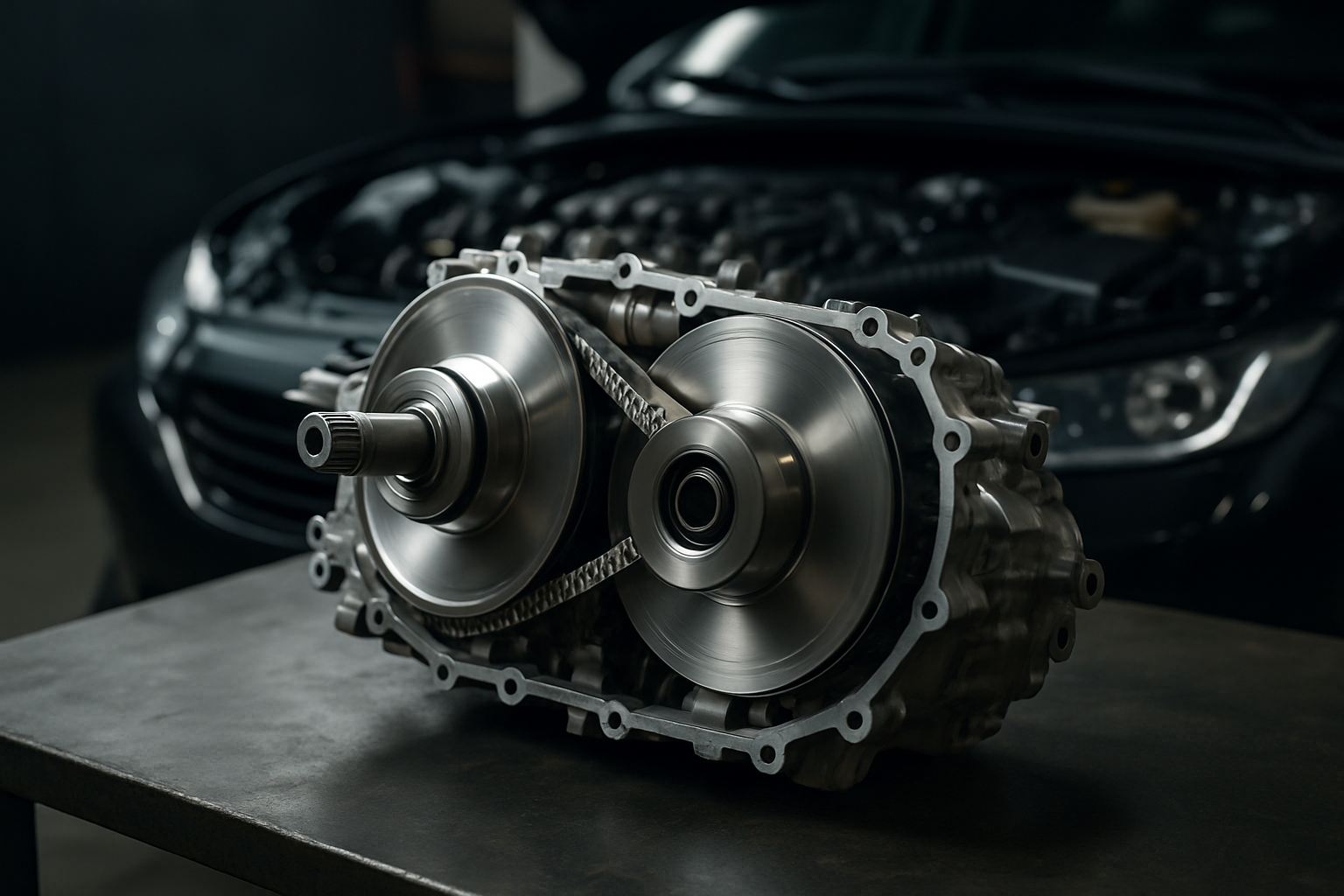Riding the Waves: The Advent and Advancement of Continuously Variable Transmissions
In the world of automotive engineering, the Continuously Variable Transmission (CVT) is an intriguing paradox. It’s a relatively ancient concept, yet its modern implementations have put it at the forefront of current transmission technology. Let's take a dive into the mechanical marvel that is CVT, exploring its origins, advancements, and its place in today's automotive industry.

The Roots of CVT: A Journey Back in Time
While it might seem like a modern marvel, the concept of CVT is not new. In fact, it dates back to Leonardo da Vinci, who sketched designs for a CVT mechanism in the late 15th century. However, it wasn’t until the late 19th century that the first practical CVT, named the “traction drive”, was developed. The real breakthrough came in the 20th century with the emergence of the Toroidal CVT and the Extroid CVT, which advanced the mechanical principles of the system and made it feasible for use in modern automobiles.
Understanding the Continuously Variable Transmission
The CVT, in simple terms, is a type of automatic transmission that can change seamlessly through a continuous range of effective gear ratios. Unlike conventional automatic transmissions that use fixed gear ratios, a CVT uses two pulleys connected by a belt or chain that can change width. This design allows the transmission to adjust to the driving conditions in real-time, providing smoother acceleration, better fuel efficiency, and a unique driving experience.
The Role of CVT in Modern Automotive Industry
Today, many manufacturers have adopted CVT technology in their vehicles, especially in compact cars and SUVs. This is due to its benefits in fuel efficiency and its ability to deliver a smooth drive, making it an attractive choice for consumers. Recent advancements in CVT technology have also led to its use in higher performance vehicles, breaking away from its traditional application in economy cars.
The Advantages and Challenges of CVT
The CVT offers numerous advantages, such as improved fuel efficiency, smoother ride, and less weight than traditional automatic transmissions. However, it also faces challenges. Some drivers find the CVT’s operation unsettling because it doesn’t shift gears like a traditional transmission. There are also concerns about the long-term reliability and cost of repairs of CVTs, as they can be more expensive to fix than conventional transmissions.
Future of CVTs: A Glimpse into the Automotive Horizon
Despite the challenges, CVTs are here to stay. Manufacturers are continually innovating to improve their performance and reliability. The future of CVTs could be even brighter with the potential incorporation of electric motor systems, which could further improve efficiency and performance. As the automotive industry continues to evolve, the role of CVTs is likely to grow and diversify.
In the end, the Continuously Variable Transmission is a fascinating piece of automotive technology. It’s a testament to the ingenuity of engineers, who have taken a centuries-old concept and transformed it into a critical component of modern vehicles. As we drive towards the future, it’s exciting to imagine where this technology might steer us next.






